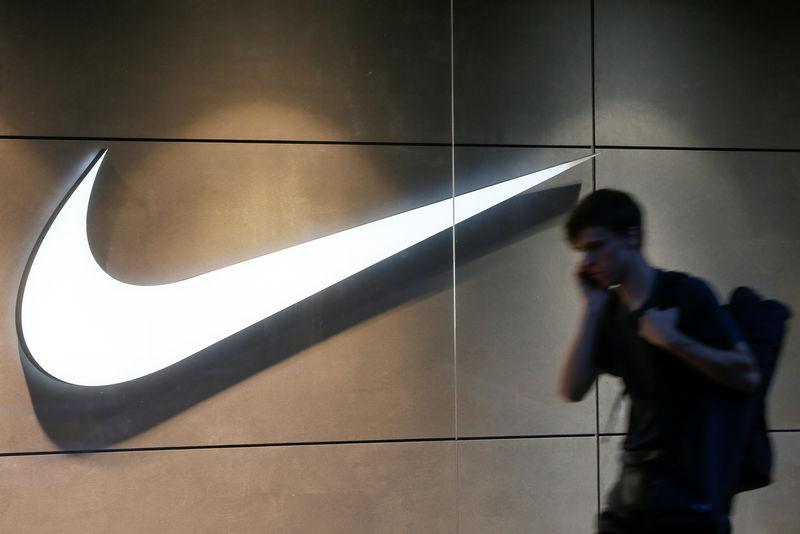This post was originally published on this site
https://i-invdn-com.investing.com/trkd-images/LYNXMPEI7F02L_L.jpg
SHANGHAI (Reuters) – Swedish fashion giant H&M’s official store on Alibaba (NYSE:BABA)’s Tmall e-commerce platform has re-opened, 16 months after the Chinese site took it down following the brand’s criticisms of human rights abuses in Xinjiang.
The re-opening was first noticed by Chinese netizens and confirmed by a Reuters search of the platform on Tuesday.
It was not clear what prompted the re-opening and H&M and Alibaba did not immediately respond to Reuters’ requests for comment.
Tmall and many other Chinese platforms and apps scrubbed references to the fashion brand when it was revealed that H&M had pledged not to source cotton from China’s far western Xinjiang region, citing concerns about human rights abuses there.
UN experts and rights groups estimate over a million people, mainly Uyghurs and other Muslim minorities, have been detained in recent years in a vast system of camps in Xinjiang. China denies all accusations of abuse.
H&M, the world’s second-biggest fast-fashion retailer, first opened on Tmall in March 2018.
It was one of many Western brands caught up in the Xinjiang cotton controversy in March last year and was disproportionately impacted as one of the first to be targeted by netizens on Chinese social media.
While other brands such as Nike (NYSE:NKE), Adidas (OTC:ADDYY), Burberry and Converse saw celebrity ambassadors sever ties over their public commitments not to use Xinjiang cotton, H&M was the only brand to see its online identity in China removed to such an extent.
Since March 2021, H&M has only been able to sell online in China via its own website and a mini-programme on WeChat, but has not been available or searchable on major third-party platforms such as Tmall or JD (NASDAQ:JD).com.
In June, H&M closed its flagship bricks-and-mortar store in Shanghai, hurt by the consumer backlash to the Xinjiang cotton controversy as well as lockdowns in China’s commercial capital.
H&M entered China in 2007 with the opening of that three-storey flagship store and rapidly expanded. It had more than 500 stores in mainland China early last year but its website currently only lists 375.

